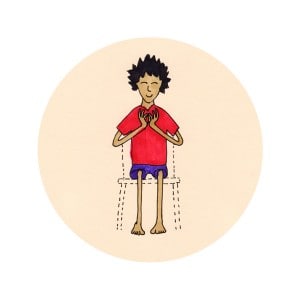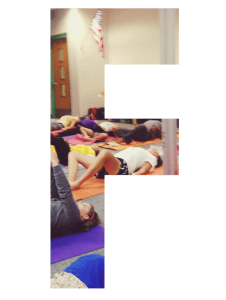Inner Flexibility
“How do you become flexible on the inside?”
That was the powerful question posed to me by 4th grade student Isabelle during Yoga Club last week. We were working on acknowledging what we could use more of: strength, balance, or flexibility. After a short meditation to reflect, Isabelle raised her hand and asked the kind of question that stays with you.
I gave her an answer on the spot—something about strength and balance being needed to support inner flexibility—but honestly, it didn’t feel complete. Her question stayed with me all day.
I even reached out to some wise friends for ideas. One suggestion that struck me was simply, “Take a walk. For no other reason than to walk.”
But here’s what emerged for me, after sitting with it for a while:
What *Is* Inner Flexibility?
Being flexible on the inside is a lifelong process. It’s not about being “loosey goosey” or lacking boundaries. It’s about staying open—to change, to growth, to other perspectives—while rooted in your truth.
There’s a difference between shapeshifting to please others and being grounded enough to explore new waters without losing yourself.
These two polarities—rigid control and total collapse—offer a framework. Somewhere in the middle is that sweet spot: the ability to bend without breaking, the willingness to stretch without snapping.
Finding the Center: Your Inner Truth
At the beginning, at the core, and at the point of willingness, is inner truth. That truth reminds you who you are and what matters most. For some, it’s family. For others, it’s a connection to a higher power. Maybe for you, it’s art. Or sport. Or nature. Or simply your breath.
Whatever it is—name it – Check in with it daily. Hourly, if needed. Especially when you’re challenged, ask yourself:
Does this bring me closer to, or farther away from, my truth?
When you know what anchors you, you can stretch without floating off into the abyss.
Teaching Inner Flexibility to Kids
Kids like Isabelle are often more insightful than we give them credit for. They *feel* when something’s off inside. They know what rigidity feels like, even if they don’t have the words for it. And they crave tools to help them flex emotionally and spiritually—not just physically.
Through yoga, we don’t just teach them to touch their toes. We teach them how to stay connected to themselves while navigating discomfort, change, and challenge. That’s where the real flexibility begins.
So the next time a child asks you a big question—pause. Don’t worry about having the perfect answer right away. Sometimes the most flexible thing we can do is stay curious, stay honest, and stay open to the deeper truth unfolding within.

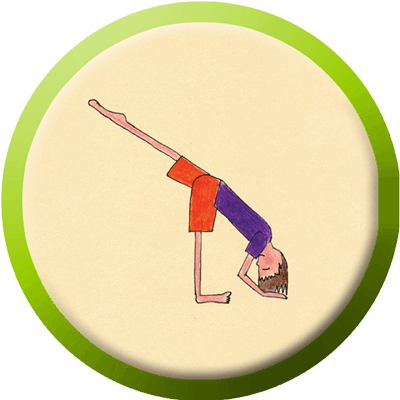
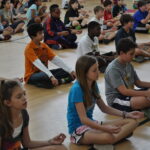
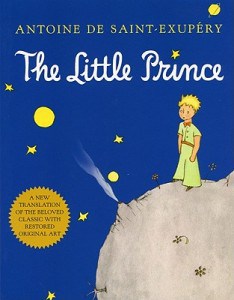
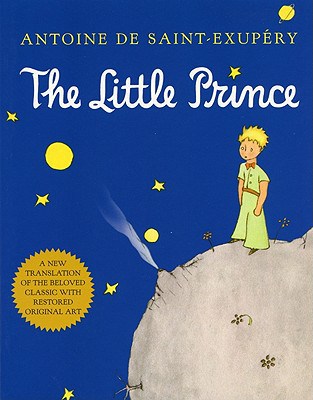 Grown-ups like numbers. When you tell them about a new friend, they never ask questions about what really matters. They never ask: “What does his voice sound like?” “What games does he like best?” “Does he collect butterflies?” They ask: “How old is he?” “How many brothers does he have?” “How much does he weigh?” “How much does his father make?” Only then do they think they know him. If you tell grown-ups, “I saw a beautiful red brick house, with geraniums at the windows and doves on the roof…” They won’t be able to imagine such a house. You have to tell them “I saw a house worth a hundred thousand francs.” Then they exclaim, “What a pretty house!”…That’s the way they are. You must not hold it against them. Children should be very understanding of grown-ups.
Grown-ups like numbers. When you tell them about a new friend, they never ask questions about what really matters. They never ask: “What does his voice sound like?” “What games does he like best?” “Does he collect butterflies?” They ask: “How old is he?” “How many brothers does he have?” “How much does he weigh?” “How much does his father make?” Only then do they think they know him. If you tell grown-ups, “I saw a beautiful red brick house, with geraniums at the windows and doves on the roof…” They won’t be able to imagine such a house. You have to tell them “I saw a house worth a hundred thousand francs.” Then they exclaim, “What a pretty house!”…That’s the way they are. You must not hold it against them. Children should be very understanding of grown-ups.
